Developing a second career as a photographer and socially engaged artist
By Marge Bradshaw
Marge Bradshaw is a socially engaged documentary and portrait photographer interested in people, place, and heritage. She uses a mixture of photography and ethnographic research to share the stories of participants, often giving a platform for voices in communities who are not usually heard. She also works commercially as a cultural events photographer, brand photographer and family documentary photographer. Her work has previously been exhibited at Open Eye Gallery, Museums Northumberland, Bolton Museum and Gallery, and the Science Museum London. It has been published in various national and specialist media including the BBC and The Guardian. She was shortlisted for the RPS Science Photographer of the Year in 2019.
Marge has also worked freelance since 2008 as an Arts and Heritage Consultant. She supports museums, galleries, libraries, archives, and heritage sites across the UK with marketing, audience development, evaluation, and community consultation.
On a hot evening in July 2019 I found myself jostling for space in the photo pit at Lytham Festival alongside other photographers vying for the best shots of the band on stage. Six months earlier I’d never even held a DSLR.
I’ve worked as an arts marketing professional for museums, galleries, and archives for most of my working life. I went freelance in 2008 to help cultural organisations all over the UK with their communication and community consultation work. But in my early 40s, I wanted to shake things up. I’d been a hobbyist photographer for years and decided it was time to professionally start creating my own work, rather than promoting other people’s. The challenge? I needed to make it work alongside my other freelance business.
Getting my foot in the door and learning from failure
As a music fan, I got in touch with some of my arts marketing contacts at independent venues and started shooting various gigs and festivals. I bought some second-hand gear and figured out how to use it. I soaked up everything I could from other creatives, including the brilliant Phlock community. But the best knowledge came from actually getting stuck in and learning from my mistakes. If you can successfully shoot music under strict time restrictions and challenging lighting conditions, I think you can probably work just about anywhere. Once I became more confident, I started offering cultural events, brand, and family documentary photography. But alongside private and commercial projects, I wanted to develop my practice as an artist too; creating my own work and combining my photography and community consultation skills to share the lived experience of people who don’t always have a platform for their voice.
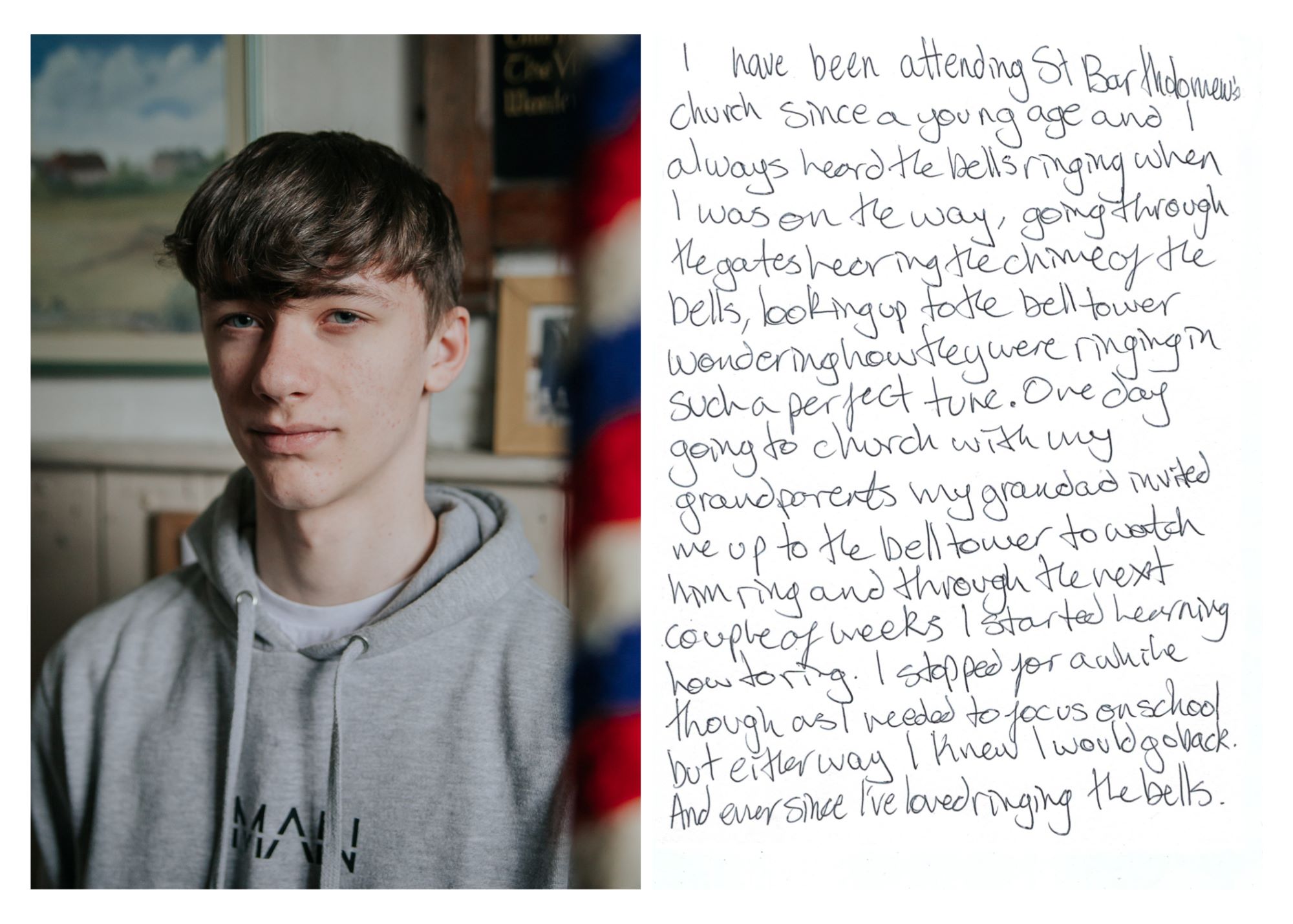
Nathan, Why We Ring Series © Marge Bradshaw Photography
Leveraging personal projects and standing by your why
In 2020 I started shooting a range of social documentary and portraiture projects which I thought were important to cover and archive during the pandemic. I worked with grassroots musicians in my Front of House series to share their story of how COVID-19 was impacting them. I successfully pitched the work for a BBC feature, and it was also exhibited at Warrington Contemporary Art Festival the following year. I documented one of the very first Pfizer clinics at my local vaccination site to share how staff and volunteers were coping. I developed a brilliant relationship with NHS Bolton CCG as a result, and they’re now a core partner for a new project, Whose Menopause? I also raised funds for volunteers sewing PPE kit for hospital workers by taking doorstep portraits on my daily walk, resulting in the series Howfen Portraits. This work was spotted by Museums Northumberland who then commissioned me for Hidden Heroes, a social documentary series sharing the stories of hidden key workers in the county. Off the back of that, Bolton Museum and Art Gallery asked me to do something similar with local people who’d made a significant impact during COVID-19; Caring Bolton.
I didn’t set out to achieve any of these things through personal projects. But I’ve realised that they can help you build relationships and open doors to (paid) commissions if you want them to. I don’t believe in working for free. But I’m a big fan of personal projects as long as they either benefit your participants in some way, or you as the photographer - whether that’s creatively, emotionally, financially, building reputation, or something else that's meaningful. Ultimately, they’re a way to do something creative without the requirements of a brief, funder, or any other stipulation. It’s essential with personal projects (and your work generally) to know your why; and my why may be different to yours. I’ve found coming back to my why also grounds me (and my imposter syndrome) when looking at other creatives’ work.
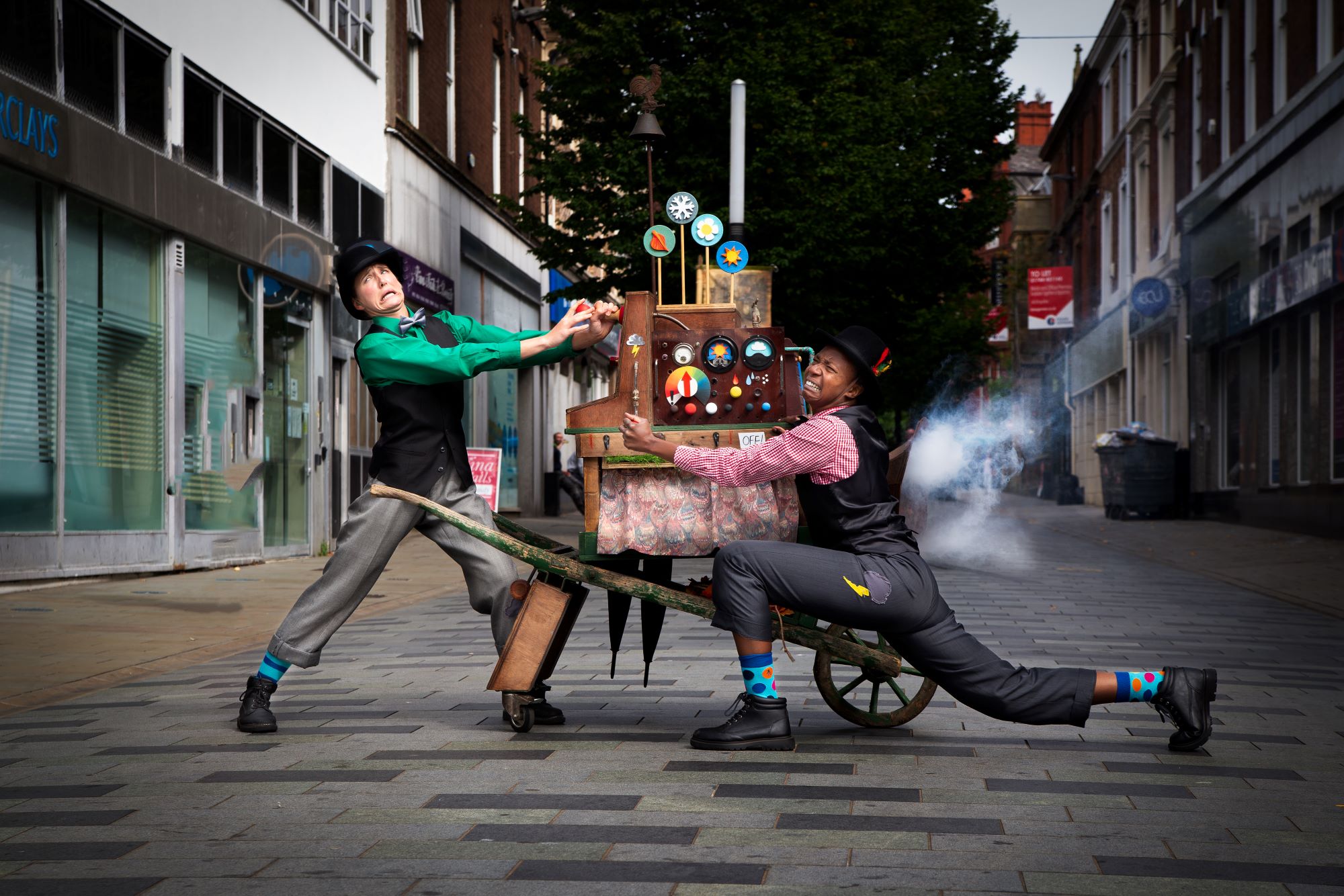
In The Street Festival, For Wonder Arts, St Helens © Marge Bradshaw Photography
It's important to acknowledge that it’s hard to do personal, unpaid projects. I have to fit them around my caring and other work life commitments. I need to use my other freelance income to fund my time – and not everyone has the luxury of being able to do that. It’s hard, but I absolutely recognise I’m speaking from a position of privilege by having two jobs where one can feed the other.
These social documentary projects increased my knowledge and helped build my reputation and style, but I came to realise that there weren’t as many positive outcomes for those who’d taken part as there was for myself; there wasn’t an equal balance between photographer and participant. And that’s when I became interested in socially engaged practice.
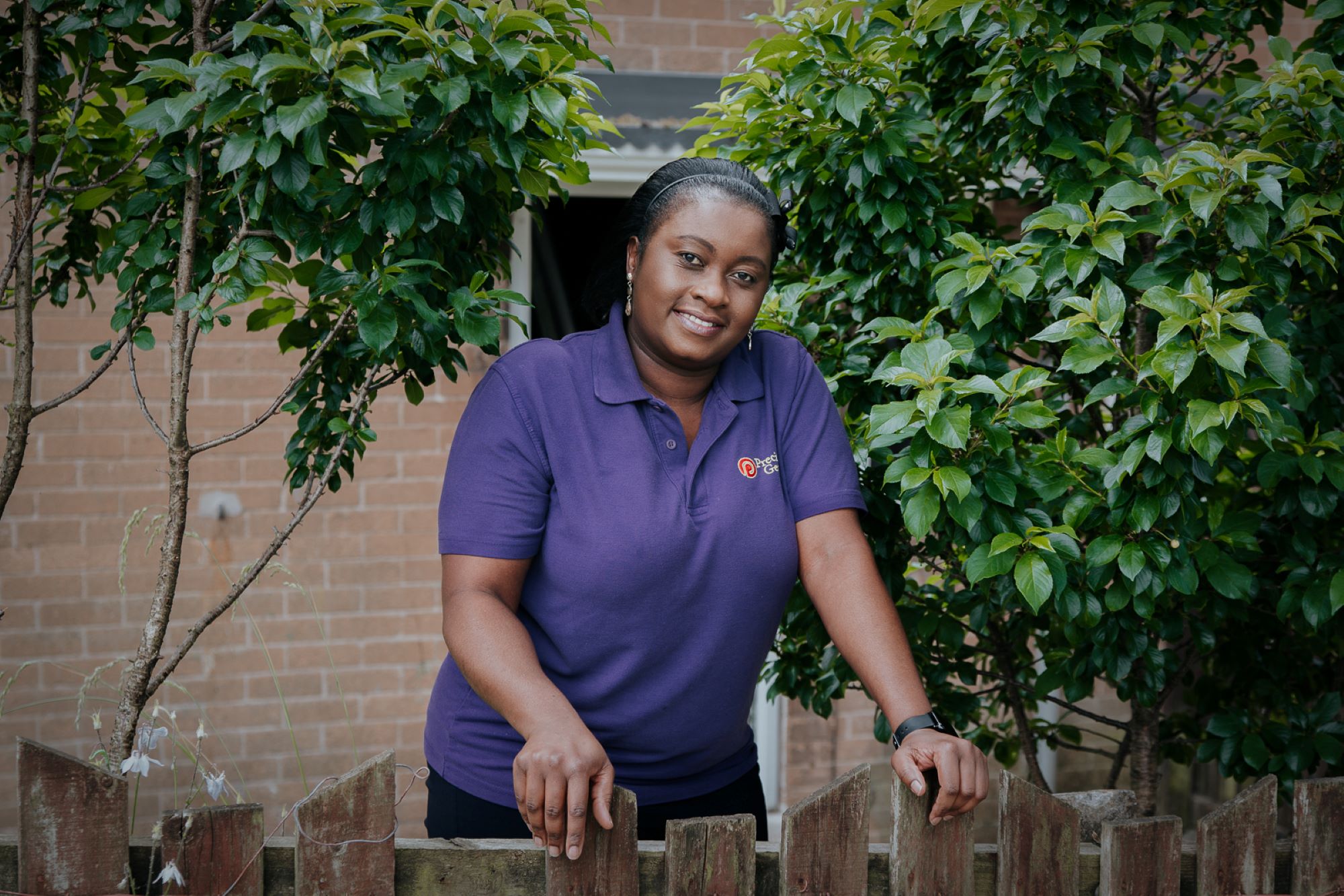
Portrait Of Domina From Precious Gems, Caring Bolton Commission For Bolton Museum And Art Gallery © Marge Bradshaw Photography
Developing a socially engaged photographic practice
Socially engaged photography is collaborative, participatory and usually focuses on how artists work with communities to document what is important to them, rather than the artist documenting it for them. After being on Open Eye Gallery’s Crossing Sectors professional development programme and trying a live socially engaged project with The Turnpike’s Making of Us project, I realised that my other freelance skills could help rather than hinder my socially engaged practice. And that’s because you need a whole range of skills alongside creativity: facilitation; empathy; listening; understanding; and organisational skills. There are lots of different interpretations of what socially engaged practice should look like. My own approach is inclusive and process-driven, where conversations with and between the participants is of equal (if not more) importance than the finished output. It’s easy to get obsessed with having a final result but the process is the work. And that’s a tricky thing to get to grips with when you’ve come from a work environment where it’s all about producing a defined, high-quality product (and there’s often an expectation from funders on what high quality looks like).
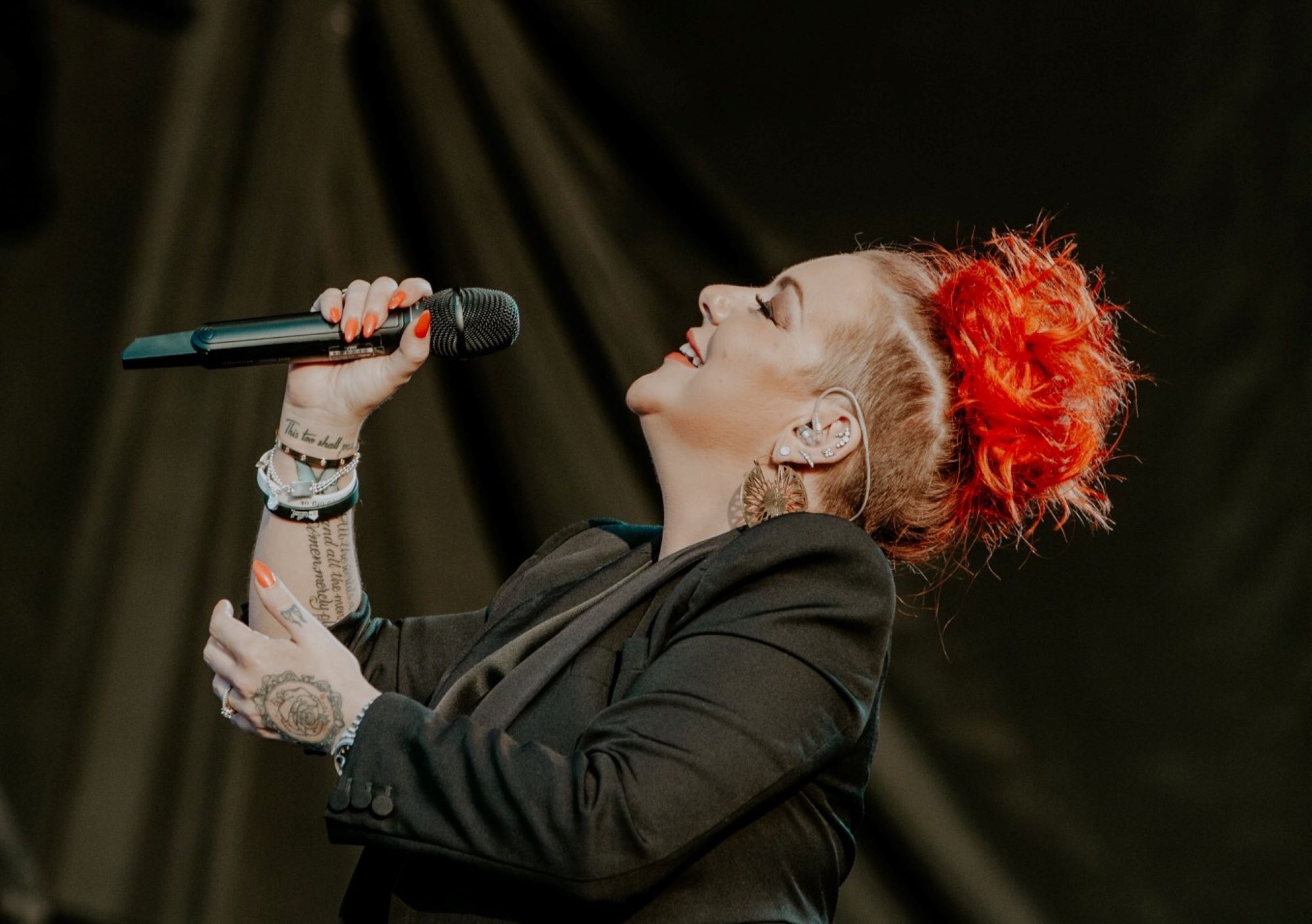
Sheridan Smith, Lytham Festival, © Marge Bradshaw Photography
After completing Developing Your Creative Practice and a couple of micro commissions including Howfen Spaces, I was fortunate to gain a longer-term Photographer in Residence role at the Watch Factory in Prescot – an extra care setting – with fellow artist Sam Batley. Funded by Community Integrated Care and Open Eye Gallery, we worked for nearly twelve months with participants to explore their stories, interests, and custodianship of the historic building through conversation and creative practice. We documented the process along the way; the ups and downs and the discussions we had. The participants were keen to share their work, and we got permission from the housing group to display a selection of pieces across the Watch Factory. Working collaboratively with Sam and I, the participants decided on the thematic approach, format, and where it would be exhibited. It’s a great example of inclusive and sustainable photography practice - we designed an approach where everyone could take part, no matter what their need, ability, or background. This included using camera-less processes which were not only accessible but were eco-friendly too – something I’ve committed to in my sustainability statement after becoming a certified carbon literate photographer following training with Redeye Photographic Network and The Carbon Literacy Trust.
Socially engaged community work is a joy but it’s hard. I’ve learned that it’s impossible to know what’s going to happen next. This work has to be iterative to truly be of/by/for/all. Participants might not show up. You’re often working with vulnerable individuals where life just gets in the way. You need to have a strong nerve if you’re a planner (like me) and trust in the process. Your community participants will ultimately lead the way.
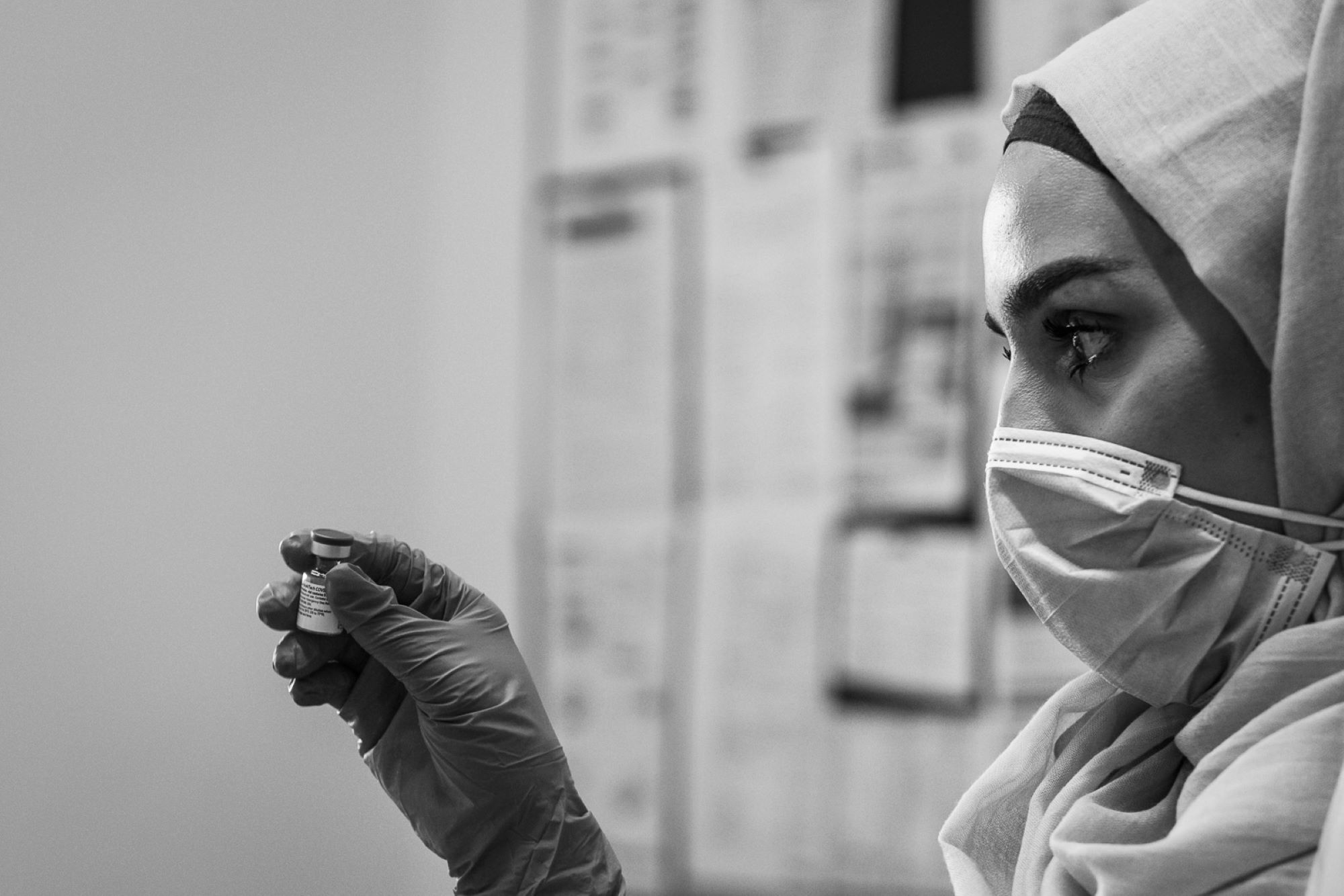
Peter House Surgery, Vaccination Site Documentary Series © Marge Bradshaw Photography
Tips for getting into socially engaged practice
- Socially engaged practice isn’t for everybody. Find a professional development programme or network to get involved in (for example the SEPN or Axis Social Art Network) or work on a live project where you can test whether it’s something you really want to do.
- If you can afford the time, gain experience by volunteering – follow socially engaged photographers on social media, or find them via your local artist networks and ask if you can help with their projects.
- Take notice. There’s some great socially engaged publications out there, like Social Works. Follow contemporary socially engaged photographers: you’ll find some really special work happening by and with photographers you don’t always see in the headlines - including Hafsah Naib, Ciara Leeming, Emma Case, Fiona Robinson, Marie Smith, and Gwen Riley Jones to name just a few who inspire me every day.
- Consider whether applying for a DYCP is a worthwhile use of your time. It’s highly competitive but my grant gave me permission (and budget) to develop an inclusive approach to socially engaged practice. It also opened up a range of new contacts and networks.
- Apply for socially engaged opportunities which are photography-based. I found it really difficult to get commissions which were open to all artforms where the pool/demand was larger; competition is fierce, and it can be demoralising when the rejection emails start piling up. Be persistent with getting feedback, use the process to learn something, dust yourself down and try again.
- Understand how to work ethically – the Photo Ethics podcast is a good starting point.
What’s next?
I successfully applied for an Arts Council England National Lottery Project Grant to fund a new inclusive socially engaged programme on menopause which starts this Spring in Bolton. I’m also continuing with commercial work and my personal projects including documenting and responding to my Dad’s WW2 social documentary collection. Most importantly I’m continuing to head up my steep learning curve – there’s so much more to explore, I just need to find a few more hours in the day.
www.margebradshawphotography.co.uk
This article was published in WE ARE, The Women in Photography magazine, March 2023.

